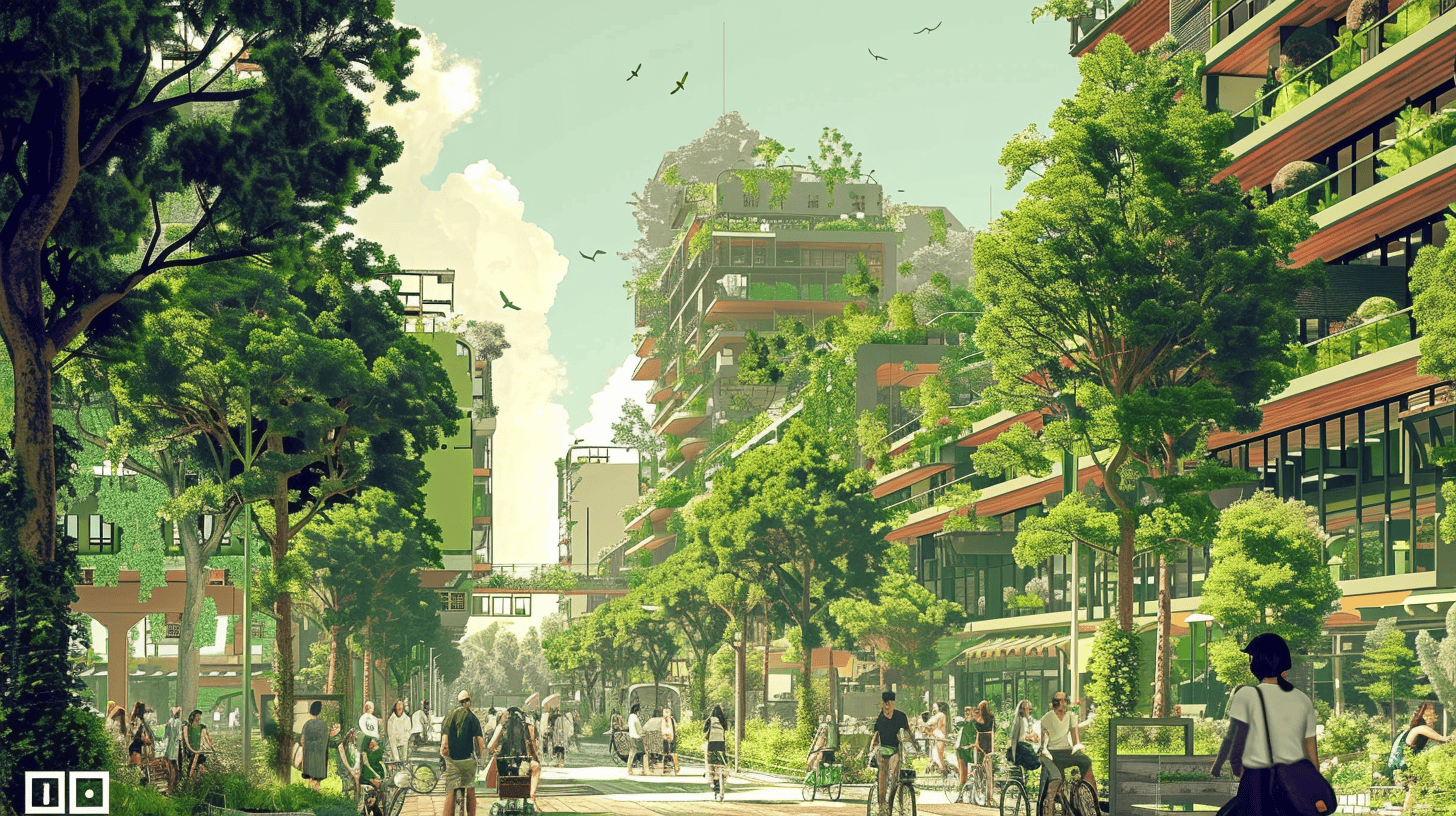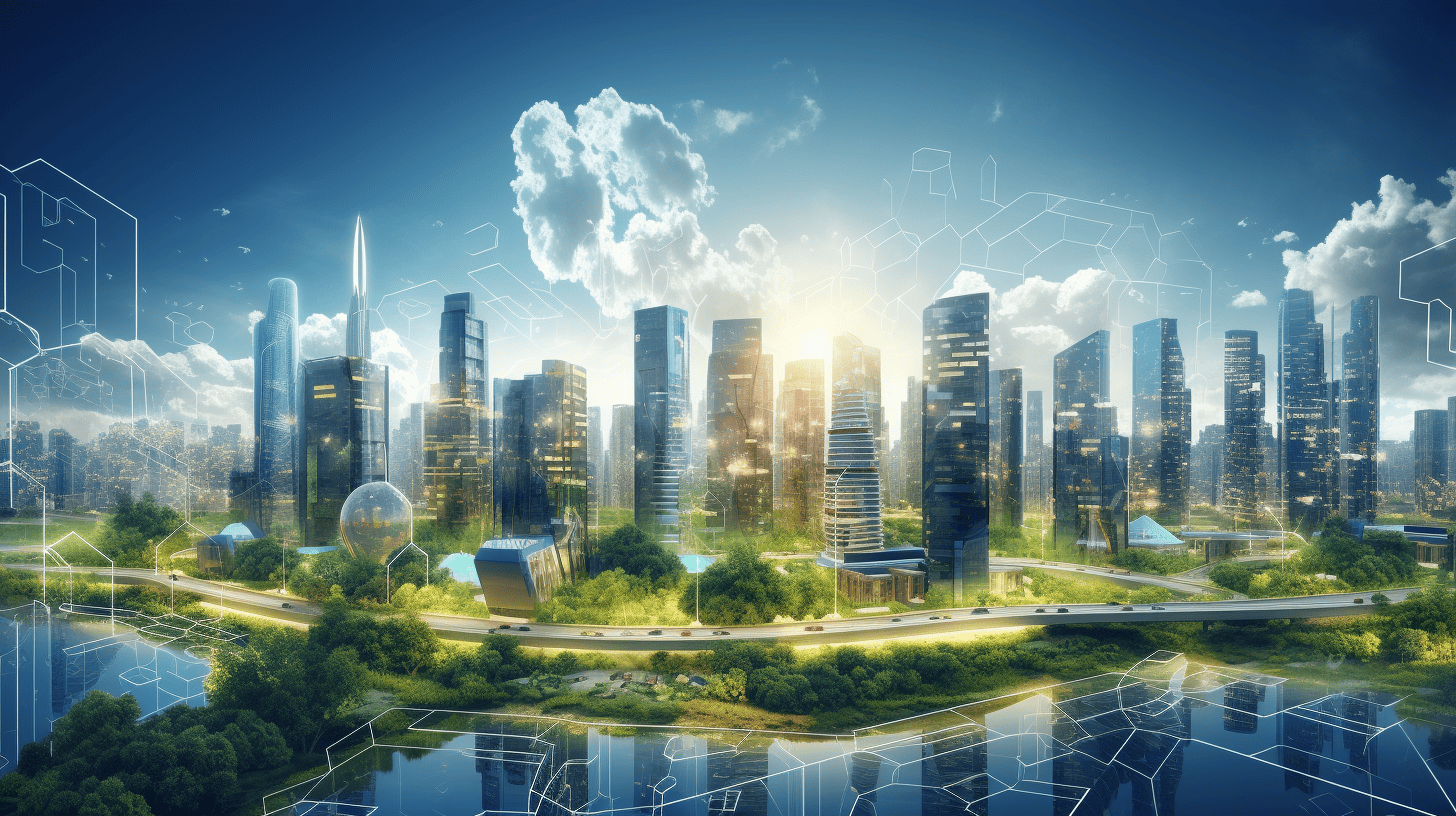
“The Netherlands must get rid of the Calimero complex when it comes to sustainability,” says Frank van der Hoeven, research director of the Faculty of Architecture and the Built Environment at TU Delft and scientific director of 4TU.Bouw. “People often point to big countries when it comes to sustainability. I regularly hear people say, ‘The Netherlands is just a small country; why should we lead the way in reducing our CO2 emissions?’ But if you look at our share of the global economy, we are not so small at all. We can make an impact.”
In recent years, we have experienced extreme heat waves, with days of extreme temperatures. Most recently, we have also had to deal with dangerously high water levels and even floods. During summer, we have to be very considerate of our water consumption to have enough drinking water. Climate change is becoming increasingly visible. As a result, more and more attention is being paid to climate adaptation: adapting our environment to the changing climate.
Where is this important?
The effects of climate change are becoming increasingly visible. It is essential to adapt the built environment to the changing climate. Much research is being done on this at universities.
Adapt and improve
Climate change is also one of the core topics within 4TU.Built Environment, a partnership between the engineering faculties of the technical universities in the Netherlands. One of the Domain Acceleration Teams (DATs) focuses on climate adaptation in the built environment. The team initiates new research and is also the point of contact for people from industry, the top sectors, and the government. Van der Hoeven has been involved with the climate adaptation team from the beginning. “We mainly look at climate adaptation in people’s living environment, think of heat or water nuisance. This allows us to really make an impact on the daily lives of citizens.”
Green, greener, greenest
Together with TKI Bouw en Techniek, the team is developing a program on climate adaptation. Van der Hoeven: “In it, we focus not only on climate adaptation but also on nature-inclusive building. If we do make a green façade, we can immediately ensure that, for example, birds have plenty of nesting opportunities in the wall. So in many cases, these two aspects are easy to combine.” In addition, health is also an important aspect. “Heat can have a big impact on your health. For example, drinking water quality can also deteriorate when the ground and pipes heat up. We also need to find solutions for that aspect as part of climate adaptation.”
Circularity
To adapt our cities to the climate, for example, it is vital to provide enough greenery, which retains water and provides cooling in the summer. “But you cannot separate climate adaptation from climate mitigation (measures to combat global warming, ed.),” Van der Hoeven argues. “If we are going to make green façades to keep cities cool, we should also immediately look at building with circular and sustainable materials.”

Several projects have been set up in a European context to address climate issues jointly as part of the EU’s New European Bauhaus (NEB). “With this initiative, the Green Deal links to the social renewal of neighborhoods and the quality of architecture. Among others, the TU Delft and TU/e are involved in several NEB projects,” says Van der Hoeven. For example, the TU Delft is involved in NEB-STAR, a project on new concepts around living. There is also a focus on technological change, such as digitalization, in the DigiNEB project. Moreover, talent development is important in various projects, including NEBA. The TU/e is, among other things, involved in RAPS (Radical Architecture Practice for Sustainability), which focuses on a new view of the built environment.
Future policy
Van der Hoeven expects the emphasis in the coming period – mainly given the current political formation – to be more on climate adaptation. “The measures related to CO2 reduction seem to slide a bit into the background with the current formation parties. But no political party in the Netherlands says to let houses overheat in summer or fill up with water in rainy periods. Of course, we must find a solution to this, we all agree on that. That’s why climate adaptation must be firmly embedded in future policy.”

